Anthropological analysis of ancient populations from Ibiza, Spain
The project aims to reconstruct the physical characteristics and life history of various populations that lived in Ibiza, Spain.
Due to its excellent strategic location, Ibiza, one of the Balearic Islands in Spain, has been settled by many different populations including the Phoenicians, Carthaginians, Romans, Vandals, and Arabs. Ibiza “has served as a door from the Mediterranean to the Atlantic and as a bridge between Europe and Africa” (Bierling 2002: xi).
The island is full of archaeological sites dating from Punic to Late Byzantine and the osteological material recovered during the excavations is invaluable for the reconstruction of the physical characteristics and past lives of these individuals.
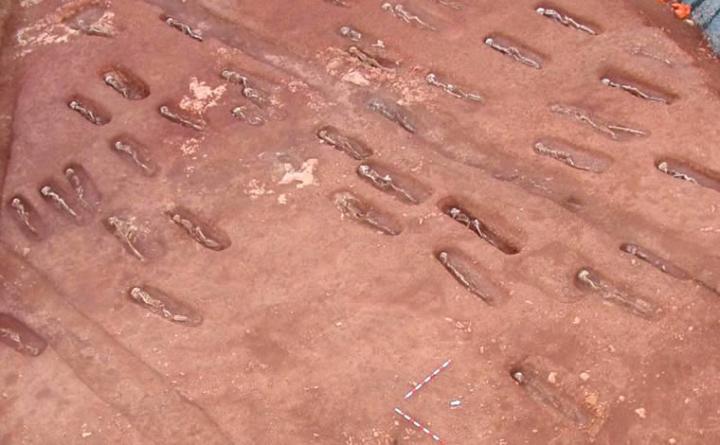
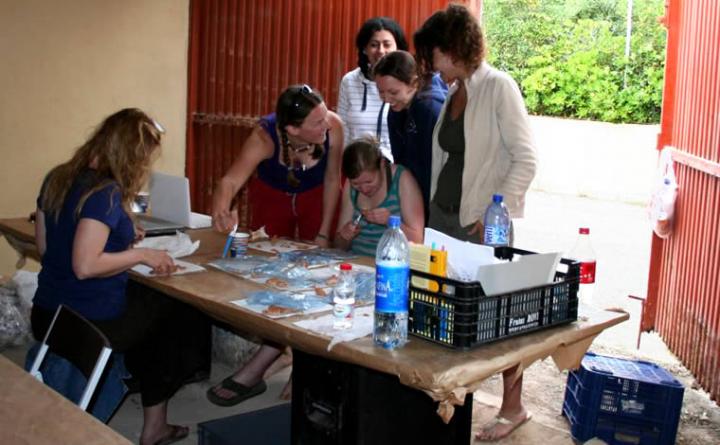
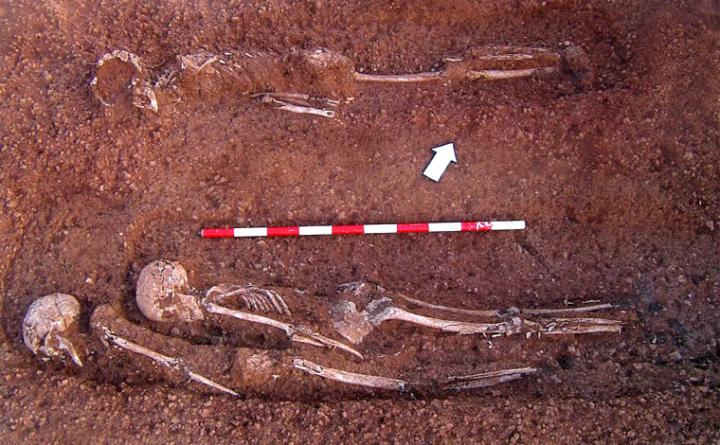
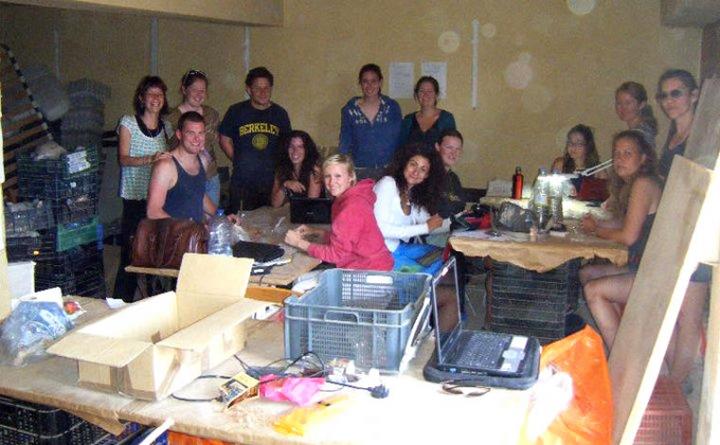
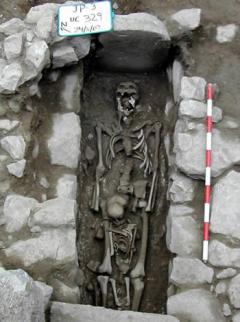

The project is an ongoing collaboration of the University of Edinburgh (Elena Kranioti), Paula Kyriakou (Committee on Missing Persons in Cyprus), The Archaeological Museum of Ibiza and the local archaeologists (Joan Roig, Jonathan Castro, Joan Jose Mari Casanova, Glenda Graziani Echavarri, Angeles Martin Parilla, Ana Mesquita).
The main goals of the project are to:
- prepare an inventory of the remains
- describe the condition of the remains
- provide basic biological information on each individual
- identify unique or interesting patterns of morphological variation
- estimate the age and sex distribution of the sample
- assess patterns of health and disease in the sample
- reconstruct the postmortem history of the remains
- assess antemortem and perimortem trauma for cranial and postcranial
- conduct pattern analysis of trauma and bioarchaeological interpretation (sex distribution within the population, occupation related activities e.g. warriors v. farmers)
- reconstruct dietary habits
- trace the affinity of heritability of both intra/inter population relatedness through the study on non-metric traits
- explore biodiversity in a restricted geographical area
The 2010 survey
Between October 2006 and February 2008, rescue excavations of the Molí de Can Fonoll cemetery in Ibiza, Spain, took place. The excavations revealed possibly the largest Islamic necropolis discovered in the Balearic Islands to date - 167 individuals were recovered. The site dated back to AD 1000-1235 , which corresponds to the period of Arabic reign of the Iberic Peninsula (9th-13th century).
In May 2010 a team of 9 forensic anthropologists and human osteoarchaeologists from the University of Edinburgh travelled to Ibiza to study the remains. It was possible to estimate the age-at-death of 36 sub-adults 95 adults based on dental attrition and eruption. The morphology of the skull and the pelvis and discriminant function analysis based on postcranial measurements were used to estimate the sex of 33 males and 21 females. The human remains were examined thoroughly and the frequencies of non-metric dental traits and occupational markers, skeletal and dental pathology as well as trauma were assessed.
The 2011 survey
During May 2011, a team from the University of Edinburgh directed by Dr Kranioti travelled to Ibiza (Spain) to undertake the analysis of a population found in two sectors of a large cemetery area (Vía Púnica 34 and Joan Planells) covering centuries AD 3rd - 7th. In total 132 individuals were studied. It was possible to estimate the age-at-death of 13 sub-adults and 66 adults based on dental attrition and eruption.
A total of 51 adult individuals were assigned a sex. This included 38 individuals identified using common skeletal markers provided by Buikstra and Ubelaker (1994), and an additional 13 using discriminant function analysis of cranial and post-cranial measurements. Of the 51 individuals assigned a sex, 26 were female and 25 were male. Cribra orbitalia was the primary metabolic condition encountered whereas spina bifida occulta was the only congenital pathologic incidence.
Future surveys
The project is a continuous effort to document the biological identity of different populations that lived in Ibiza and to conduct a large scale biodiversity study covering over 10 centuries in the island. In 2012 we will be studying inhumations from an excavation survey that took place in 2003 in Avenida de España. The individuals are from the Islamic Period.
Ibiza 2012 Field School
There are places for 12 MSc students at the 2012 Field School, which runs from 5 - 24 of May. Please see the linked PDF for application and fee details.

